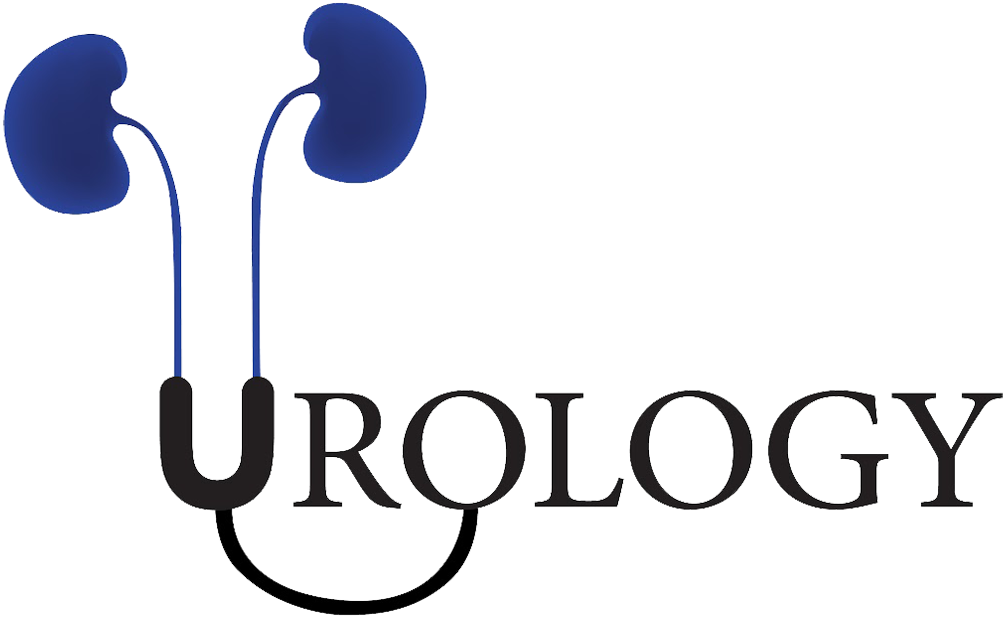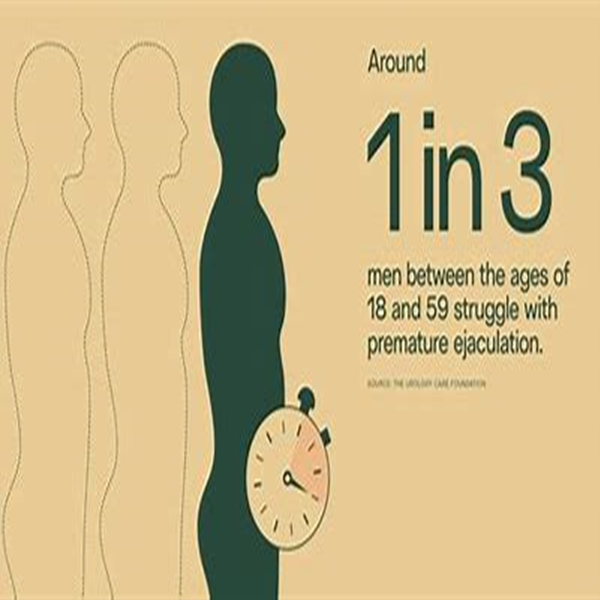Symptoms of Premature Ejaculation
The primary symptom of premature ejaculation is an uncontrolled and undesired ejaculation with minimal sexual stimulation. This can happen at various points during intercourse, from before penetration to shortly after penetration. The result is often dissatisfaction for both the man and his partner.
Other signs may include:
- Inability to control ejaculation: Ejaculation occurs too quickly, often causing frustration and embarrassment.
Negative impact on sexual satisfaction: Both partners may feel unsatisfied with the sexual experience.
Diagnosis of Premature Ejaculation
Diagnosis typically involves a thorough medical and sexual history discussion with your doctor. In rare cases, the physician may order semen, urine, or blood tests to rule out underlying medical conditions, such as infections or hormone imbalances, though these are not usually the cause.
Most diagnoses are based on the symptoms and personal history of the individual or couple, and a physical examination is often not necessary unless another issue is suspected.
Treatment for Premature Ejaculation
In most cases, treatment for premature ejaculation focuses on behavioral techniques, medications, and topical treatments. A combination of these methods can help delay ejaculation and improve sexual satisfaction.
Behavioral Changes
- Relaxation or distraction exercises: Learning to relax or distract yourself during sex can help delay ejaculation.
- Counseling or therapy: Psychological factors, such as anxiety or guilt, can often be addressed through counseling or therapy, helping to reduce the emotional triggers for PE.
- Lifestyle modifications: Cutting down on alcohol, tobacco, and recreational drugs can reduce the likelihood of early ejaculation.
Medications
- Antidepressants: Certain medications, especially selective serotonin reuptake inhibitors (SSRIs), can delay orgasm as a side effect. These may be prescribed off-label to help manage premature ejaculation.
- Other medications: In some cases, other drugs that alter nerve sensitivity may be used.
Topical Therapy
Anesthetic creams and sprays: Topical treatments containing numbing agents like prilocaine or lidocaine can reduce sensation and help delay ejaculation. These products are typically applied to the penis 10 to 15 minutes before intercourse. They are available over the counter or by prescription.
Helpful Techniques to Manage Premature Ejaculation
Several techniques can help men manage premature ejaculation and gain better control during sex:
- Distraction Method: Thinking of non-sexual thoughts (such as naming baseball players or remembering a random list of items) can help distract the mind from the heightened excitement, allowing for more control.
- Stop-and-Start Method: This technique involves pausing sexual stimulation when the man feels he is about to ejaculate. After a brief pause (30 seconds), stimulation is resumed. The process is repeated until ejaculation is desired, at which point stimulation continues until climax.
Squeeze Method: This method involves pausing sexual activity when the man feels he is nearing ejaculation. At this point, either the man or his partner gently squeezes the base of the penis for a few seconds, preventing ejaculation. Afterward, sexual activity resumes.
Conclusion
Premature ejaculation is a common issue that many men experience, but it is often treatable through a combination of behavioral techniques, medications, and topical treatments. If you experience symptoms of premature ejaculation, discussing the issue openly with your doctor or a sexual health specialist can help you find a solution tailored to your needs. With the right approach, many men can regain control and improve their sexual satisfaction.








